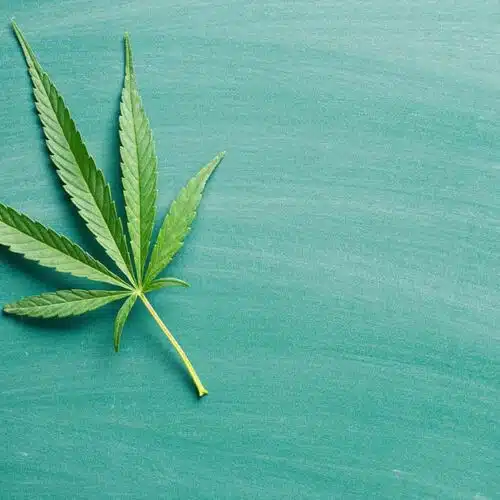Marijuana and Diabetes
In the U.S, over 29.1 million people are currently diagnosed with diabetes. Two out of three of these people will die from the condition or a complication from the condition. It is estimated that 8.1 million people have undiognosed diabetes. Diabetes and medical marijuana studies are staring to uncover how cannabis can treat diabetes, and the complications of the condition.
In type 1 diabetes, the body makes little or no insulin due to an overactive immune system. So people with type 1 diabetes must take insulin every day. Type 1 diabetes usually occurs in children and young adults but can also appear in older adults. In type 2 diabetes, your body prevents the insulin it does make from working right. Your body may make some insulin but not enough. 90% to 95% of people with diabetes have type 2. This kind of diabetes usually happens in people who are older, although even younger adults may be diagnosed with it. 8 out of 10 people with Type 2 diabetes are overweight.
Some of the complications that can arise from Type 1 and Type 2 diabetes are neuropathy, glaucoma, high blood pressure, and peripheral vascular disease. There have been many Pre-clinic studies that show the health benefits of cannabis for diabetics.
A research paper published by the American Alliance for Medical Cannabis (AAMC) showed that cannabis can help:
- Stabilize blood sugars – a large body of anecdotal evidence is building among diabetics to support this.
- Suppress some of the arterial inflammation commonly experienced by diabetics, which can lead to cardiovascular disease
- Prevent nerve inflammation and ease the pain of neuropathy – the most common complication of diabetes – by stimulating receptors in the body and brain.
- Lower blood pressure over time, which can help reduce the risk of heart disease and other diabetes complications
- Keep blood vessels open and improve circulation.
- Relieve muscle cramps and the pain of gastrointestinal (GI) disorders
- Be used to make topical creams to relieve neuropathic pain and tingling in hands and feet
The American Journal of Medicine in 2013 concluded:
- Cannabis compounds may help control blood sugar
- Marijuana users are less likely to be obese, and have lower body mass index (BMI) measurements
- Marijuana users also had higher levels of “good cholesterol” and smaller waistlines
“The most important finding is that current users of marijuana appeared to have better carbohydrate metabolism than non-users. Their fasting insulin levels were lower, and they appeared to be less resistant to the insulin produced by their body to maintain a normal blood-sugar level,”
Murray Mittleman, Associate Professor of Medicine at Harvard Medical School
Marijuana and Glaucoma
The relationship between diabetes and open-angle glaucoma, is evident. People with diabetes are twice as likely to develop glaucoma as are non-diabetics. The likelihood of someone with open-angle glaucoma developing diabetes is higher than that of a person without the eye disease.
Glaucoma is a group of diseases that affect the eye’s optic nerve and can result in vision loss and blindness. The optic nerve connects the retina to the brain, and is made of more than 1 million nerve fibers. The retina is the light-sensitive tissue at the back of the eye. Pressure increases the risk for optic nerve damage extensively . In the front of the eye is a space called the anterior chamber. Fluid flows continuously in and out of the chamber and nourishes nearby tissues. The fluid leaves the chamber at the open angle where the cornea and iris meet. When the fluid reaches the angle, it flows through a spongy meshwork, like a drain, and leaves the eye. In open-angle glaucoma, fluid passes too slowly through the meshwork drain. The built up fluid causes the pressure inside the eye to escalate and may damage the optic nerve. When the optic nerve is damaged from increased pressure, open-angle glaucoma and vision loss may result.
In a study published in International Journal of Pharmacology and Biopharmacology in 1979, researchers studied a group of 16 participants with open-angle glaucoma, along with high blood pressure (8 participants) or no high blood pressure (8 participants). They found that when participants inhaled whole-plant cannabis with 2.8% delta-9-tetrahydrocannabinol (THC), their heart rates first increased (in order to compensate for decreased blood and intra-ocular pressures caused by THC, the heart starts to pump blood faster in order to maintain blood flow to vital areas), and then their blood pressures and intra-ocular pressures decreased. Effects were greater and lasted longer in participants with high blood pressure than in patients without high blood pressure, continuing for approximately 3-4 hours.
Resources
The Impact of Marijuana Use on Glucose, Insulin, and Insulin Resistance among US Adults
Elizabeth A. Penner, MD, MPH, Hannah Buettner, BA, Murray A. Mittleman, MD, DrPH


